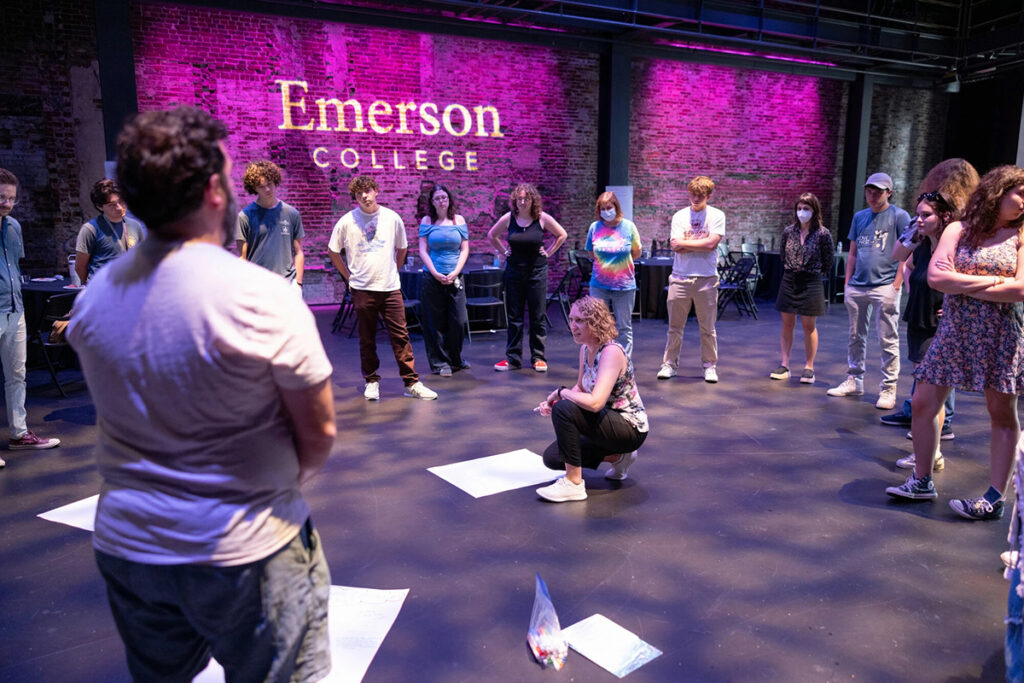On HowlRound: Content Warnings in the Theatre Classroom

This essay, written by Theatre Education and Applied Theatre MFA candidate Sofia Lindgren Galloway, is excerpted from HowlRound Theatre Commons.
A year ago, I enrolled in a graduate course about Theatre for Young Audiences (TYA), which required students to study several plays for audiences as young as 2, and up through their late teens and early 20s. All of the students in this class, including myself, were master’s students in a Theatre Education and Applied Theatre program. Most of the students in that class intended to teach at the K-12 or collegiate level. And most, but not all, of the students in the class were white women between the ages of 23 and 35.
One of the weeks focused on “taboo topics in TYA.” The instructor, a man of color, assigned plays with content intended to spark a discussion in the class about what is “appropriate” for various young audience groups, and one of the plays assigned, Good Kids by Naomi Iizuka, included a description of sexual assault. Some of my classmates told the professor they were upset that the syllabus didn’t include a content warning.
The professor heard the students out and agreed to offer content warnings for all other plays in the course. He also pointed out that we had already read several plays in the course that included challenging content, and questioned why we had not asked for content warnings for those works. Many of those plays focused on the experiences of Black, Indigenous, people of color (BIPOC) characters. The professor highlighted that students of color are often asked to carry a heavier burden in the content that’s consumed in the classroom than white students.
Personally, I didn’t have a problem with the play in question. Yes, it was hard to read, but I felt that the intensity of the Iizuka’s words matched the urgency of the problem and the need for social intervention. I was moved to discuss the play with people beyond my classmates and research local laws and school policies. Isn’t that the most ideal outcome — inspiring audiences toward action?
Yet, I watched how that play caused one of my classmates to turn inward, and her engagement in the class never really rebounded after that incident. I started wondering: Who really benefits from content warnings? What content necessitates a warning? How do the dynamics of content warnings change when a piece of art is assigned for a class, versus a performance that audiences can opt in and out of? And with these questions in mind, I wondered: What practices will I use in my own teaching?
Categories